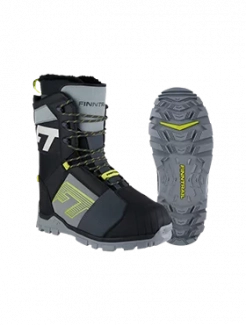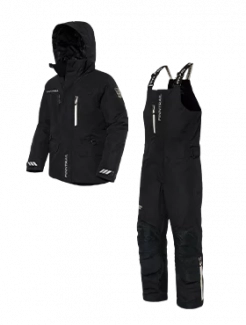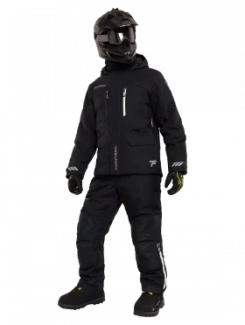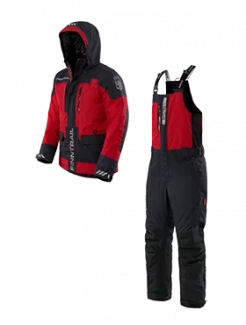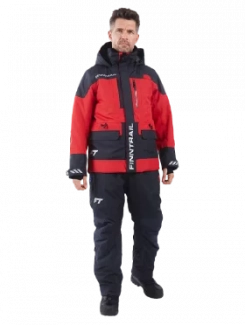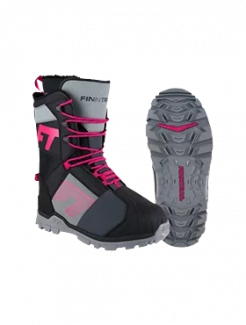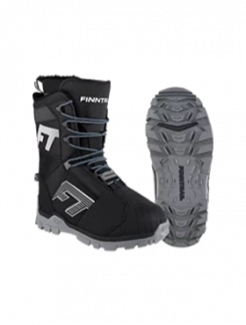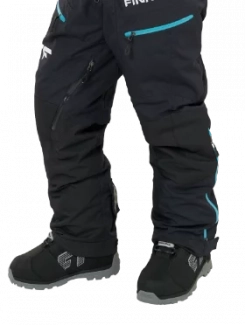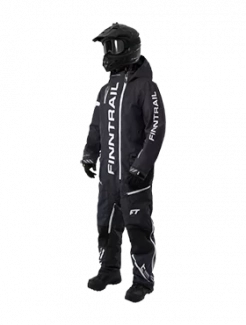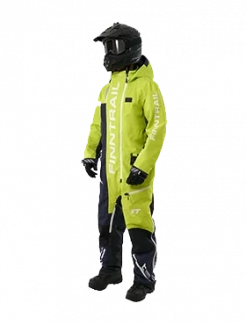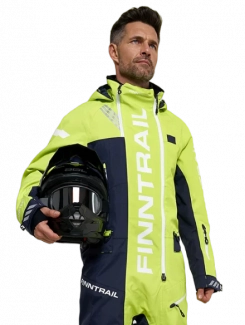How to Choose the Right Snowmobile Track for Your Riding Style
The snowmobile track is where all the power meets the snow. It defines how your sled grips, accelerates, handles corners, and floats in deep powder. Choosing the right track can transform your snowmobile — giving you better performance, stability, and fuel efficiency, while the wrong one can ruin handling or wear out too soon.
In this guide, we’ll break down everything you need to know about snowmobile tracks: types, dimensions, how to choose track length, and even how they compare with ATV snow tracks. Whether you’re a first-time rider or a seasoned sledder upgrading your setup, understanding your track choice is key.
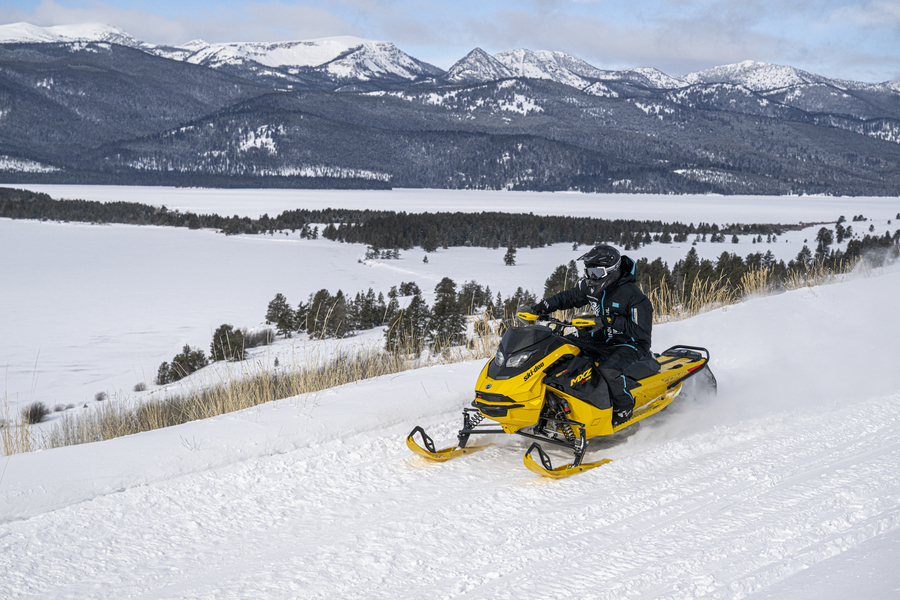
Why Your Snowmobile Track Matters
Your snowmobile’s engine and suspension may grab all the attention, but it’s the track that transfers your machine’s horsepower to the snow. It controls traction, braking distance, stability, and even rider comfort.
A well-matched track makes climbing hills effortless, prevents trenching in powder, and delivers smooth acceleration on trails. Conversely, the wrong track can cause loss of traction, overheating, or unstable handling. That’s why choosing the right snowmobile track is crucial for every sledder — from trail cruisers to mountain adventurers.
Camso, one of the world’s leading track manufacturers, summarizes it perfectly: “The track is the heart of your snowmobile’s performance. It’s where your riding experience truly begins.”
Anatomy of a Snowmobile Track
Before diving into specs, let’s understand the key parts of a track. A snowmobile track is made from a reinforced rubber belt with internal rods and fiber layers for strength. It’s driven by drive sprockets that engage with lugs molded inside the track.
The track’s surface features tread lugs that grip snow and ice. The height, shape, and pattern of these lugs vary depending on the terrain. Reinforced clips on the track’s underside help reduce friction with the suspension rails and improve durability.
Understanding these components will help you appreciate why even a small change in lug height or pitch can drastically affect performance.
The Four Key Specifications You Must Know
When choosing a snowmobile track, there are four main specs that determine how it behaves:
1. Track Length
Track length is one of the most important factors in performance. It refers to the total circumference of the track — how long it is when laid out flat.
-
Shorter tracks (120"–137") are ideal for trail and performance riders. They deliver quick handling, tighter cornering, and faster acceleration.
-
Longer tracks (146"–175") provide more surface area for flotation, giving better traction in deep snow or mountainous terrain.
-
Crossover lengths (141"–154") balance agility and flotation for riders who explore both trails and backcountry.
If you’re not sure how to choose snowmobile track length, start with your OEM specs and decide if you want better cornering or better flotation. A few extra inches can make a big difference in deep powder, but too long may reduce maneuverability.
2. Track Width
Standard snowmobile tracks come in widths from 15" to 20".
-
Narrow tracks (14"–15") reduce rolling resistance and improve agility on packed trails.
-
Wide tracks (16"–20") increase flotation and load capacity for deep snow or utility work.
3. Pitch
Pitch is the distance between drive lugs (teeth that engage with sprockets). Common pitches include 2.52", 2.86", 3.0", and 3.5".
It’s essential that your track pitch matches the driver pitch on your sled; otherwise, it won’t fit. Modern snowmobiles have transitioned toward 2.86" and 3.0" pitches for smoother performance and reduced vibration.
4. Lug Height
Lug height refers to how tall the tread lugs are above the base of the track. It directly affects grip and rolling resistance.
-
For trail riding, choose 1.25"–1.50" lugs — enough grip without excessive drag.
-
For deep snow and mountain riding, go for 2.25"–3.2" lugs.
-
For utility sleds, medium lugs (1.5"–1.8") balance traction and durability.
Be cautious: taller lugs improve grip in powder but wear faster on hard-packed trails.
Snowmobile Track Types by Riding Style
The best snowmobile track depends on where and how you ride. Manufacturers like Camso and Tracks USA categorize tracks by riding type.
Trail Tracks
Trail sleds require responsive handling and top speed. Tracks in the 120–137" range with 1.25"–1.5" lugs are ideal. They offer low rolling resistance for better acceleration and fuel economy.
Examples:
-
Camso RipSaw II 1.25" — a popular high-performance trail track
-
Ice Ripper XT — adds embedded ice studs for better braking and cornering
Crossover Tracks
For riders who alternate between trails and backcountry, crossover tracks in the 141"–154" range strike a balance. Lug height usually ranges from 1.5" to 2.0".
Examples:
-
Camso Cobra 1.6" — hybrid design for both groomed and loose snow
-
Camso Storm 150 — optimized for aggressive trail performance with some off-trail float
Mountain Tracks
Designed for deep powder and steep slopes, these tracks prioritize flotation and traction. They typically measure 154"–175" with 2.6"–3.2" lugs.
Examples:
-
Camso Conquer 280 — ultra-lightweight 2.8" lug track
-
Challenger Extreme 3.0" — built for high-altitude powder performance
Utility Tracks
Utility sleds need strong, wide tracks for towing and carrying heavy loads. They often feature reinforced belts and deep lugs for grip.
Examples:
-
Camso Cobra WT — wide track for traction on packed snow and ice
-
Challenger Utility 1.5" — designed for durability and pulling capacity
How to Choose Snowmobile Track Length: Step-by-Step
Choosing the correct length can be confusing, especially if you’re upgrading. Follow these steps:
-
Check OEM specifications — most manufacturers list track length, pitch, and width for your exact model.
-
Assess your riding style — Trail? Deep snow? Mixed?
-
Decide your goals:
-
Want more speed? Stick close to stock length.
-
Need more traction and flotation? Go slightly longer.
-
Verify fitment — ensure there’s enough tunnel clearance and that your suspension geometry allows for longer or shorter setups.
-
Adjust components if needed — changing track length may require new hyfax, suspension repositioning, or gear ratio changes.
If you’re unsure, consult fitment charts from SledTrack.com or your dealer. It’s better to stay within ±5 inches of your OEM track length.
Comparing ATV Tracks vs Snowmobile Tracks
Many off-roaders wonder about ATV tracks vs snowmobile systems — especially those owning both machines.
ATV track kits (like those from Camso or TJD) convert four-wheelers for snow use by replacing tires with rubber track modules. However, ATV snowmobile tracks serve different purposes:
-
They offer versatility across seasons but not the same speed or agility as a true snowmobile track.
-
ATV track kits have smaller surface area and are heavier, limiting top speed.
-
Snowmobile tracks are purpose-built for high-speed riding, efficient cooling, and deep snow flotation.
So, while ATV snow tracks vs snowmobile tracks setups both provide traction in snow, the snowmobile wins in performance and efficiency. ATV tracks excel for utility, hunting, and slow trail access rather than high-speed exploration.
Are ATVs with Tracks Allowed on Snowmobile Trails?
In most regions, the answer is no — unless specifically stated otherwise. Snowmobile trails are often managed by local clubs and maintained with dedicated permits. Even if your ATV is track-equipped, it’s not legally classified as a snowmobile in many states or provinces.
Always check your local trail authority, permit rules, and signage before heading out. Using an ATV on snowmobile trails without permission can lead to fines and trail damage.
Best Mountain Snowmobile for Beginner Riders
For those new to mountain riding, the mountain snowmobile for beginners should have a track that balances power and control.
-
Look for a sled with a 154"–162" track, around 2.5"–2.8" lugs.
-
Avoid ultra-long tracks (175") that can feel cumbersome in tight trees.
-
A forgiving track helps prevent trenching and makes side-hilling easier to learn.
Popular beginner-friendly mountain sleds include the Polaris RMK 155 or Ski-Doo Summit SP 154, both equipped with manageable yet capable tracks.
Maintenance Tips for Longevity
Once you’ve chosen the right track, maintain it well to maximize performance and lifespan:
-
Check tension regularly. Follow the manufacturer’s spec for proper slack.
-
Inspect clips and lugs. Replace missing clips or damaged lugs early.
-
Clean after rides. Remove ice and debris to prevent cracking or dry rot.
-
Avoid prolonged storage in sunlight. UV exposure weakens rubber.
-
Use proper storage stands to relieve pressure from the suspension and track.
Regular maintenance keeps your snow tracker snowmobile efficient and ready for next season.
Final Thoughts: Choosing the Right Snowmobile Track
Choosing the right snowmobile track comes down to understanding how you ride and where you ride. The best snowmobile track isn’t necessarily the biggest or most aggressive one — it’s the one that matches your sled, terrain, and experience level. A shorter, low-lug track might make your trail sled nimble and responsive, while a longer, taller-lug option can turn a mountain machine into a deep-snow powerhouse. Pay attention to the details like pitch, width, and fitment, but also think about comfort, control, and the kind of riding experience you want to have. With the right setup, your sled will handle better, last longer, and make every winter ride smoother, faster, and far more fun.

